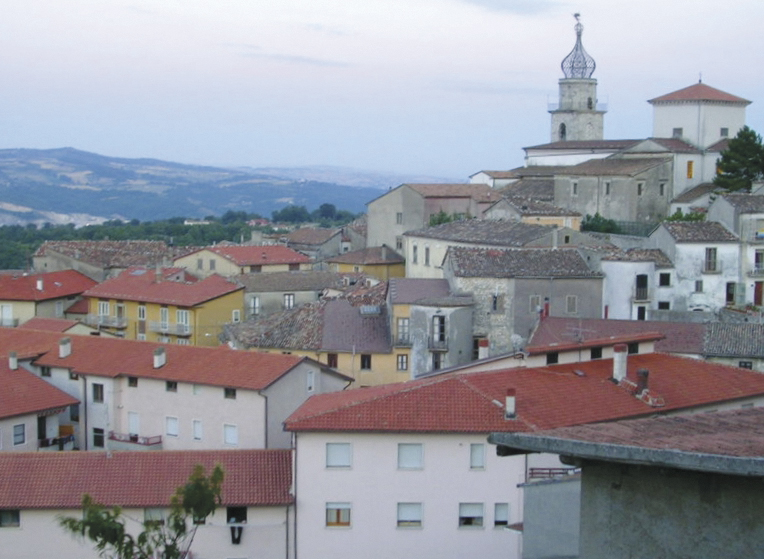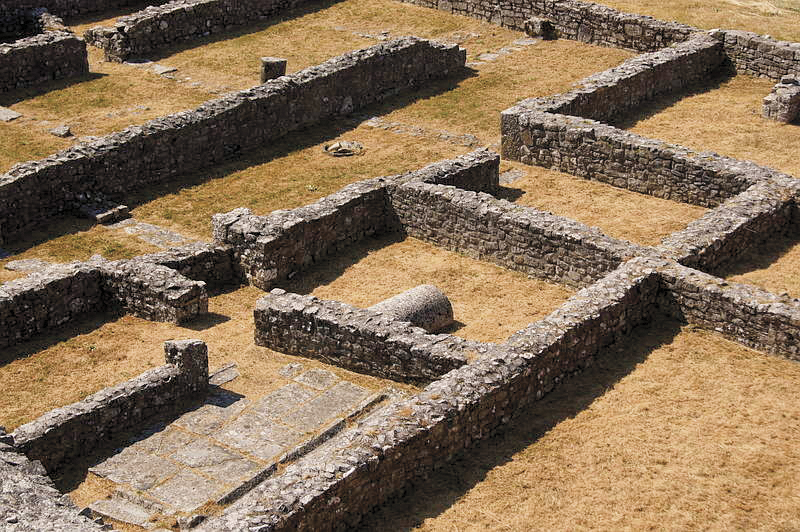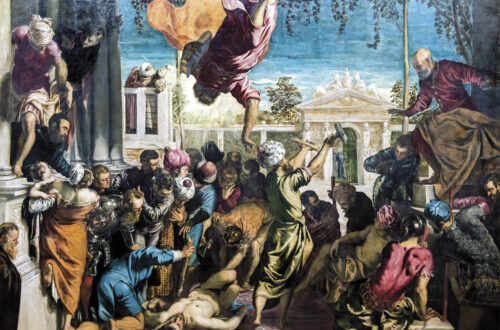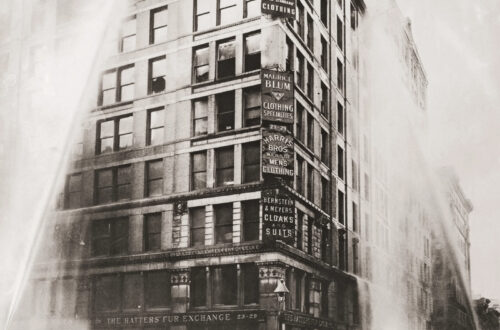
Sepino, Province of Campobasso, Region of Molise

By Nancy DeSanti
Province of Campobasso, Region of Molise
The town of Sepino. located 20 kilometers south of Campobasso, is home to some important Roman ruins and considered one of the most extraordinary archeological sites of central Italy where excavations began in the early 1950s. It has approximately 1,915 inhabitants, known as Sepinesi. The town was rated among the “borghi piu belli d’Italia“(most beautiful towns in Italy).
Sepino rises at the foot of the Matese Massif, on the Molise Appennine. The Matese is one of the most ancient European mountains. There is a mountain spring of water which is collected nowadays and sold as “Sepinia” in the area now called Tre Fontane. The prehistoric site called Terravecchia was the refuge of the first shepherds, who during the Bronze Age climbed up to drink from the springs in the Matese. The town developed when rich Roman imperial families came to enjoy the healthy water. Not very far from the spring, the most intact dinosaur in Italy was found.
The current town of Sepino was founded when the inhabitants of Saepinum decided that their town on the plain was too vulnerable and moved up the mountain in the 8th century to build a new town, which became Sepino. The remains of the Roman town of Saepinum and also of the older Samnite town of Saepins attract many visitors.

Credit: Wikipedia
After the decline of the Roman town of Saepinum following an earthquake, general economic problems and then the Greek-Gothic wars, the town passed to control of the Lombard dukes and then to a Bulgarian colony. The Bulgars were for many generations a distinctive part of the population, until finally assimilating into their Italian environment.
The town of Sepino has at its heart the Church of Santa Cristina with a beautiful belltower topped by an intricate metal spire in the shape of an onion. The church dominates views of the village from the plains below. Inside the church, the chapels contain treasures including reliquaries, a walnut door carved in the early 17th century, a carved choir loft and 12th century scrolls.
By the 15th century Sepino was a flourishing center, among the 10 most important in Molise. But by the beginning in the late 19th century, many residents of Sepino had begun immigrating to other countries. The earliest waves immigrated to the United States, particularly Hartford, Conn., and to Argentina. After World War II, the immigration to other countries accelerated.

Credit: italythisway.com
What to See
- Archeological site of the Roman town Saepinum, inhabited up to the 4th century AD
- Archeological site of the Samnite town Saepins in Torrevecchia, of the 4th century BC, including a fortress with 3 entrance doors and an acropolis inside which was possibly the seat of the Samnite ruler
- Tre Fontane springs, whose water is used for kidney problems.
- Church of Santa Cristina
Italiano

Tradotto da Ennio Di Tullio
Provincia di Campobasso, Regione Molise
Il comune di Sepino. situato a 20 chilometri a sud di Campobasso, ospita importanti resti romani ed è considerato uno dei più straordinari siti archeologici dell’Italia centrale dove gli scavi iniziarono nei primi anni ’50. Conta circa 1.915 abitanti, conosciuti come Sepinesi. Il paese fu annoverato tra i “borghi piu belli d’Italia”.
Sepino sorge ai piedi del Massiccio del Matese, sull’Appennino molisano. Il Matese è una delle montagne più antiche d’Europa. C’è una sorgente d’acqua di montagna che oggi viene raccolta e venduta come “Sepinia” nella zona oggi denominata Tre Fontane. Il sito preistorico denominato Terravecchia fu rifugio dei primi pastori, che nell’età del Bronzo salirono ad abbeverarsi alle sorgenti del Matese. La città si sviluppò quando le ricche famiglie imperiali romane vennero a godersi l’acqua sana. Non molto lontano dalla sorgente è stato ritrovato il dinosauro più intatto d’Italia.
L’attuale comune di Sepino nasce quando gli abitanti di Saepinum decisero che il loro paese di pianura era troppo vulnerabile e si spostarono sulla montagna nell’VIII secolo per costruire un nuovo centro, che divenne Sepino. I resti della città romana di Saepinum e anche della più antica città sannita di Saepins attirano molti visitatori.
Dopo la decadenza della città romana di Saepinum a seguito di un terremoto, di problemi economici generali e poi delle guerre greco-gotiche, la città passò al controllo dei duchi longobardi e poi a una colonia bulgara. I Bulgari furono per molte generazioni una parte distintiva della popolazione, fino ad assimilare definitivamente all’ambiente italiano.
Il paese di Sepino ha al centro la Chiesa di Santa Cristina con un bel campanile sormontato da un’intricata guglia metallica a forma di cipolla. La chiesa domina le vedute del paese dalla pianura sottostante. All’interno della chiesa, le cappelle custodiscono tesori tra cui reliquiari, una porta in noce scolpita all’inizio del XVII secolo, un coro scolpito e pergamene del XII secolo.
Nel XV secolo Sepino era un fiorente centro, tra i 10 più importanti del Molise. Ma all’inizio, alla fine del XIX secolo, molti residenti di Sepino avevano iniziato a immigrare in altri paesi. Le prime ondate migrarono negli Stati Uniti, in particolare Hartford, Conn., e in Argentina. Dopo la seconda guerra mondiale, l’immigrazione verso altri paesi accelerò.
Le attrazioni del luogo:
- Sito archeologico della città romana Saepinum, abitata fino al IV secolo dC
- Sito archeologico della città sannita Saepins a Torrevecchia, del IV secolo aC, comprendente una fortezza con 3 porte d’ingresso e un’acropoli all’interno della quale forse fu sede del sovrano sannita
- Le sorgenti delle Tre Fontane, le cui acque vengono utilizzate per problemi ai reni.
- Chiesa di Santa Cristina
November/December 2022





